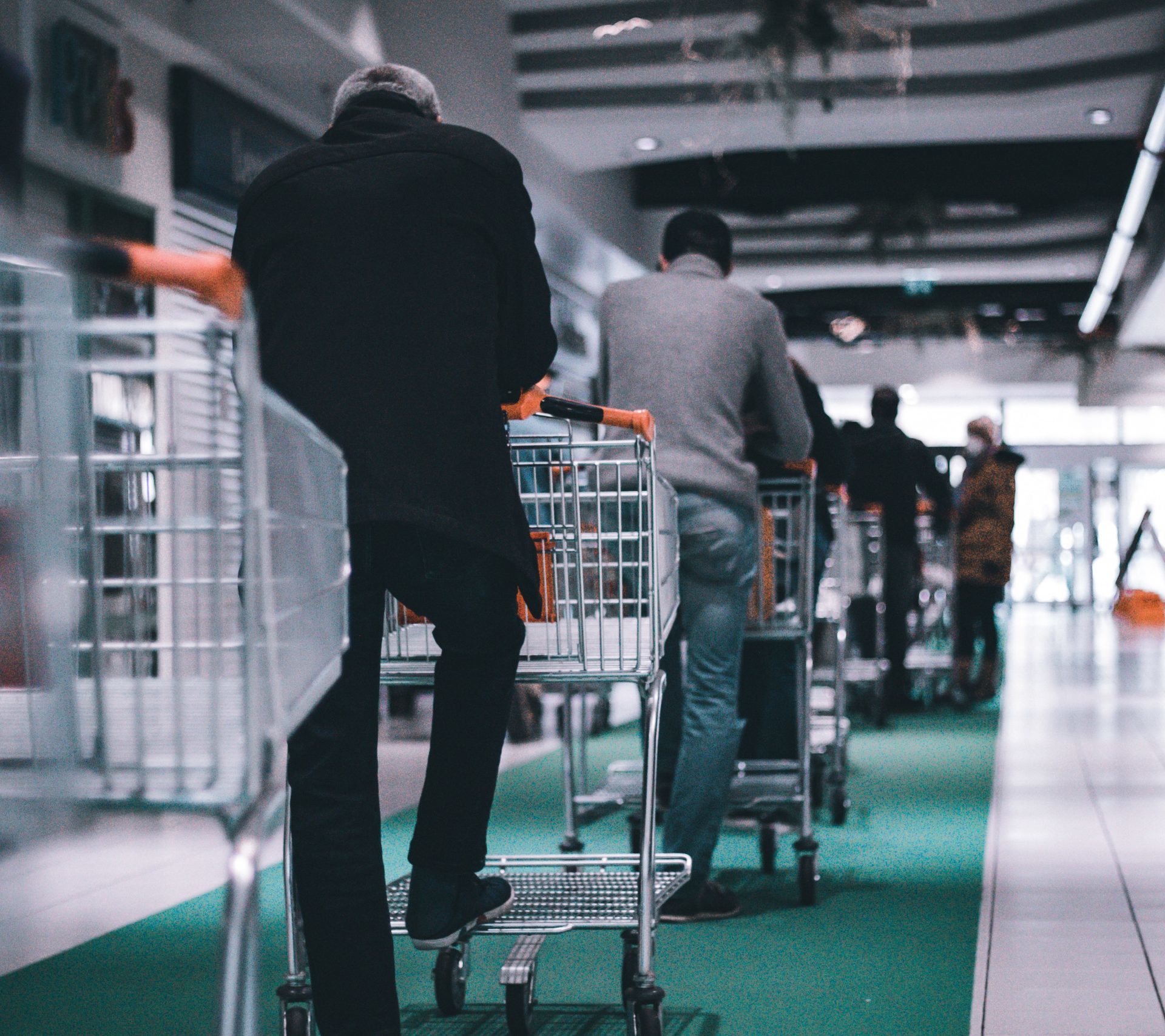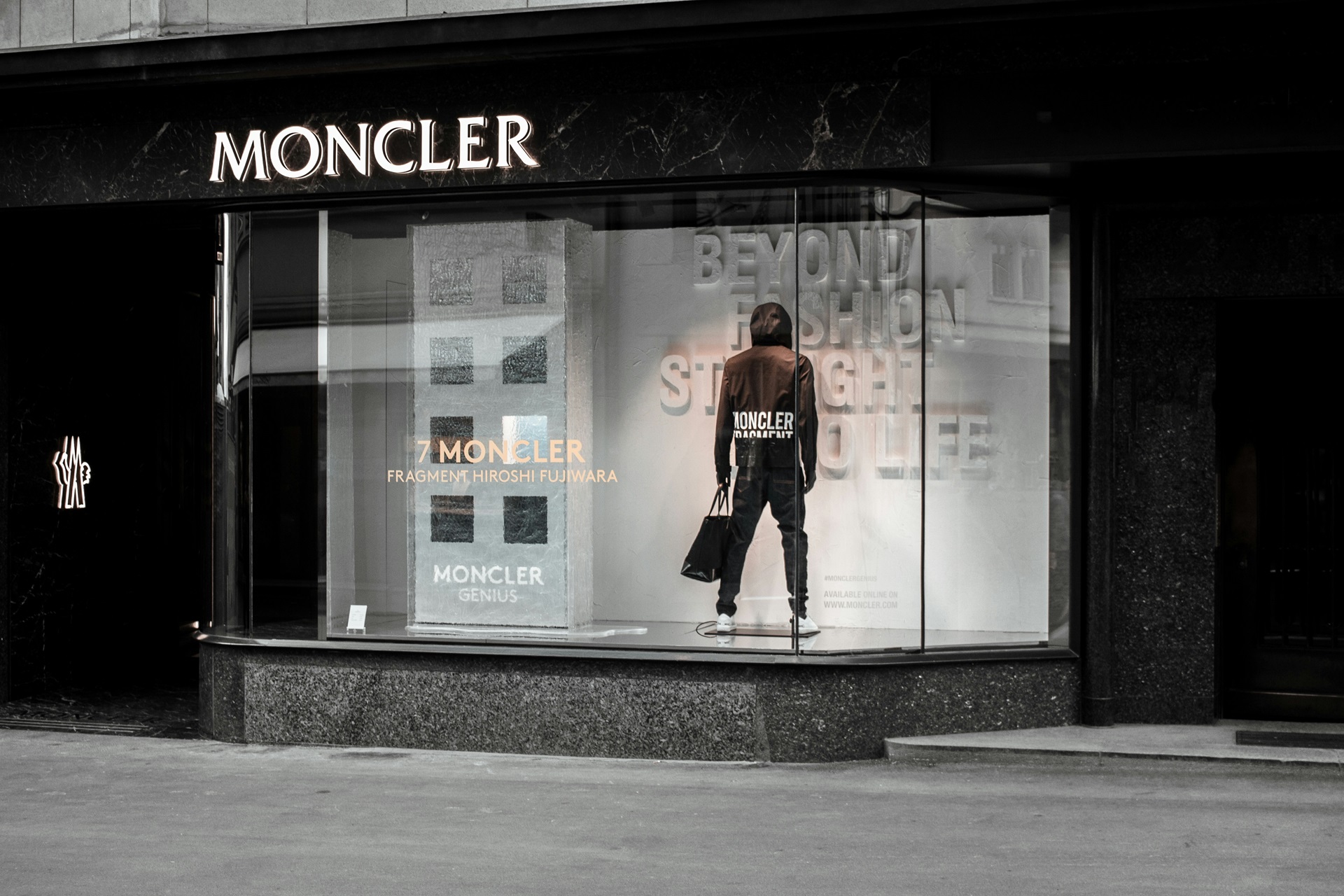
How have shopping habits changed?
While the beginning of lockdown was marked by empty shelves, panic-buying and a lack of delivery slots – have we adapted to the new way of shopping for groceries?
There’s no doubt that shopping is a very different experience from a couple of months ago; a life before socially distant queues, face masks, plastic screens now seems like a world away.
We’ve accepted the government message to stay at home, got used to queuing, and realised that our cupboards can only hold so much pasta.
At the end of March we looked at how supermarket usage had begun to change and found that both spend and frequency of shopping had increased. Local stores had also seen an increase in custom as people struggled to buy essentials such as pasta and eggs in the main supermarkets.
Using BrandVue Retail we revisited the supermarket data to see how the land lies as lockdown becomes a more familiar reality.
- Frequency of shopping trips has stabilised…
After a huge surge in frequency of online shopping in early March, these levels dropped as people made their way through their full cupboards or struggled to get a delivery slot. We also made fewer in-person visits to the shops at this time.
What’s more, 81% of us are following government guidelines mostly or entirely — which inevitably means fewer trips to the shops.
- …but average spend is increasing
In our previous article at the end of March the data showed that there was a minimal increase in online spend due to the items people were buying being low-cost such as pasta and rice. However, six weeks on, the amount people are spending online has increased.
- People have stopped buying toiletries from Amazon
At the end of March and beginning of April, consideration for buying toiletries from Amazon increased to 23% from 10% at the beginning of March, as consumers were confronted with empty supermarket shelves. However, this figure is almost back to pre-lockdown levels with just 13.5% considering buying toiletries from Amazon — and returning to supermarkets.
BrandVue Retail will be tracking consumer brand perceptions and shopping behaviours throughout the ongoing crisis. Get in touch to learn more about we can help you.




